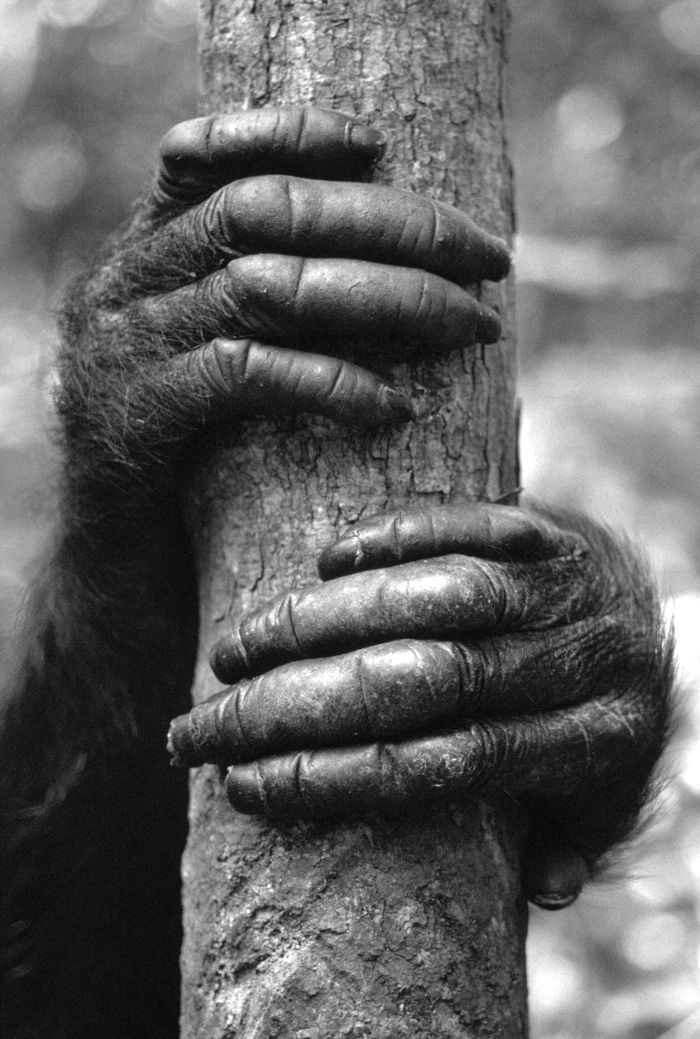New path for chimp clones
 Chinese researchers have used a new technique to clone monkeys.
Chinese researchers have used a new technique to clone monkeys.
Using the technique that gave us Dolly the sheep - somatic cell nuclear transfer (SCNT) – a set of two genetically identical long-tailed macaques has been created.
While they are not the world's first cloned monkeys, these are the first to be born using SCNT, which has proved tricky to apply in primates.
The team from the Chinese Academy of Sciences Institute of Neuroscience in Shanghai say that successful monkey cloning will allow labs to make populations of genetically identical monkeys, to help in medical research.
SCNT involves removing the nucleus from an egg cell and replacing it with a nucleus from another animal's body cell. The reconstructed egg then develops into a clone of the animal that donated the replacement nucleus.
“There are a lot of questions about primate biology that can be studied by having this additional model,” says senior author Qiang Sun.
“You can produce cloned monkeys with the same genetic background except the gene you manipulated. This will generate real models not just for genetically based brain diseases, but also cancer, immune, or metabolic disorders and allow us to test the efficacy of the drugs for these conditions before clinical use.”
SCNT monkey clones have proven difficult to create, but Sun and his colleagues overcame previous challenges primarily by introducing epigenetic modulators after the nuclear transfer that switch on or off the genes that are inhibiting embryo development.
The researchers found their success rate increased by transferring nuclei taken from foetal differentiated cells, such as fibroblasts, a cell type in the connective tissue.
The two clones of the same macaque foetal fibroblasts. Adult donor cells were also used, but those clones only lived for a few hours after birth.
“We tried several different methods, but only one worked,” Dr Sun says.
“There was much failure before we found a way to successfully clone a monkey.”
Researcher Zhen Liu spent three years practicing and optimising the SCNT procedure, with additional help from epigenetic modulators that re-activate the suppressed genes in the differentiated nucleus, he was able to achieve much higher rates of normal embryo development and pregnancy in the surrogate female monkeys.
“The SCNT procedure is rather delicate, so the faster you do it, the less damage to the egg you have, and Dr. Liu has a green thumb for doing this,” says researcher Muming Poo.
“It takes a lot of practice. Not everybody can do the enucleation and cell fusion process quickly and precisely, and it is likely that the optimisation of transfer procedure greatly helped us to achieve this success.”
The clone twin – named Zhong Zhong and Hua Hua – will be continually monitored for their physical and intellectual development. The babies are currently bottle fed and are growing normally compared to monkeys their age.
The group says more macaque clones to be born over the coming months.
The work was performed in accordance with guidelines for animal research set by the US National Institutes of Health.
Associate Professor James Bourne - NHMRC Senior Fellow at the Australian Regenerative Medicine Institute at Monash University – says the new approach could be hugely valuable.
“Nonhuman primate research remains vital to the continuation of medical research and advances in human health,” he said.
“The recent description of a protocol to clone macaque monkeys by somatic cell nuclear transfer could be an important tool in medical research for understanding disease in a species genetically more comparable to humans.
“While this is the first description of the technology, there were significant limitations, not least given the low efficiency of generating viable offspring.
“Therefore, further work needs to be undertaken in order to understand the benefit of this approach, and the ethical implications of its use carefully considered, to ensure that it is only employed when no other alternative model is available.”








 Print
Print